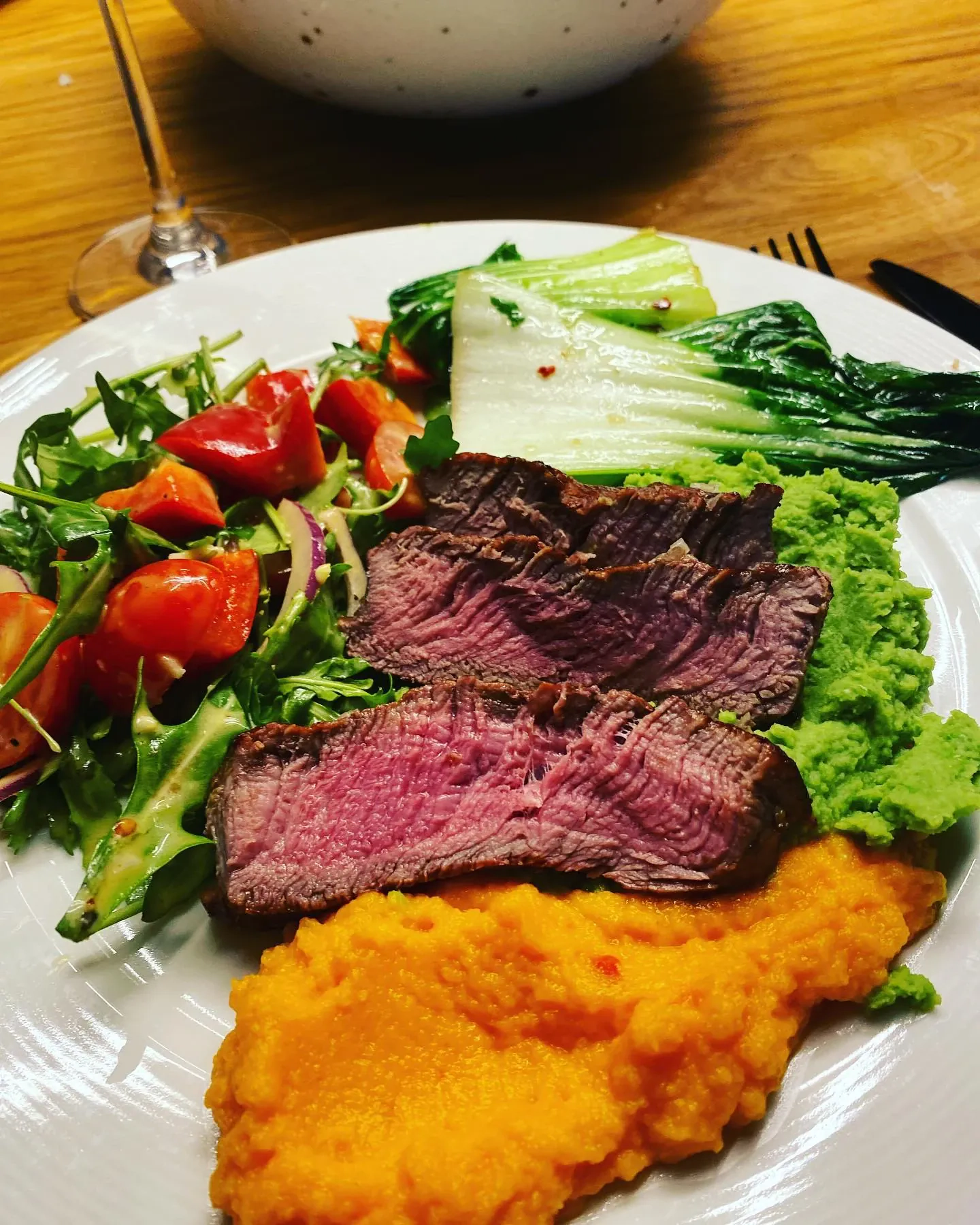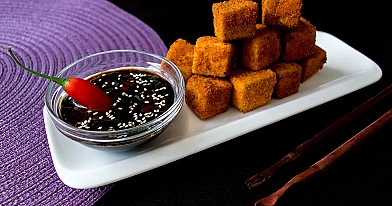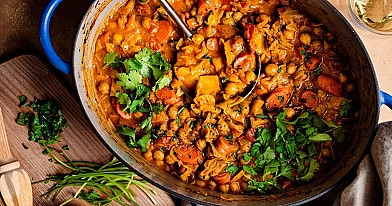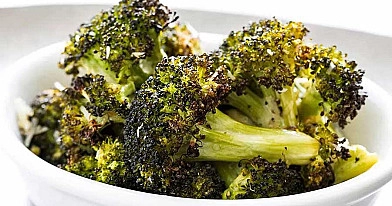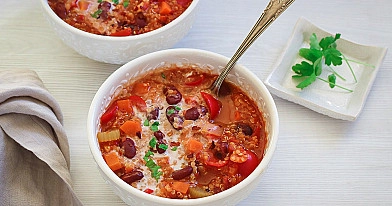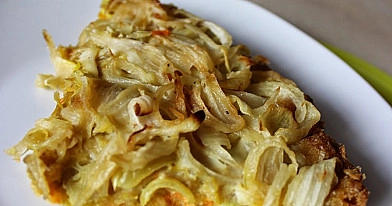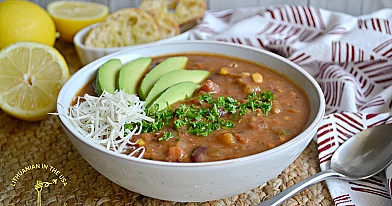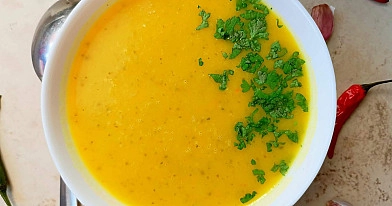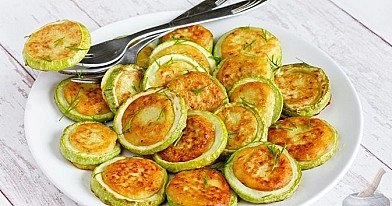
How to make carrot and parsnip mash by Jamie Oliver?

This carrot and parsnip mash is a luscious, creamy side dish that combines the natural sweetness of carrots with the subtle earthy flavour of parsnips. It was tested many times in my kitchen, and it has become one of those family-handed-down comfort recipes I rely on whenever I want something simple yet elegant to accompany roast meat, poultry, or even a vegetarian main. The balance of flavours—slightly nutty, lightly sweet, with a whisper of warmth from spices—makes it much more than an ordinary mash.
When I first made it, I preceded by simmering carrots and parsnips together until they were very tender; the butter and a pinch of nutmeg helped me achieve a texture that was smooth, not gloopy, forgiving if a potato mash ended up too heavy. Over multiple trials I discovered how draining all excess water, then steaming off moisture in the pot before processing, yields a much better mouthfeel.
Traditionally, this recipe has been handed down through a friends-and-family circle who always measure by feel and taste rather than strict metric, so I’ve adapted it to deliver consistent results in grams, kilograms, or US/Imperial measures for modern cooks.
Advertisement
Possible ingredient alternatives
- Carrots: can substitute with sweet potatoes (yam) or golden beets for a different visual colour and flavour profile.
- Parsnips: winter turnips or celeriac make moderate substitutes while altering texture slightly.
- Butter: instead of dairy butter, one may use olive oil, coconut oil, or a plant-based margarine if a dairy-free version is required.
- Nutmeg: ground mace or even a tiny pinch of cinnamon can serve, keeping warm spice but shifting flavour.
- Milk (if used): whole milk, almond milk, oat milk, or even a splash of cream could be used (though cream makes it richer).
- Seasoning: in place of black pepper, white pepper or even freshly ground mixed peppercorns offer nuance.
Cooking tips for optimal mash
- Always chop vegetables into uniform pieces so they cook evenly and finish at the same time.
- After draining, return vegetables to the pot and place over gentle heat to evaporate any remaining moisture—this prevents watery mash.
- Use a food processor for ultra-smooth mash; for more texture, mash by hand or use a potato ricer.
- Warm the butter before adding so it blends in easily and doesn’t cool the mash too much.
- Taste while seasoning: carrots and parsnips vary in sweetness depending on season and origin, so adjust salt, pepper, and spice accordingly.
Ingredients
- Carrot: 680 g (1½ pounds), coarsely chopped
- Parsnip: 900 g (2 pounds), peeled and cut into ~4 cm (1½ inch) pieces
- Butter: 115 g (½ cup), diced (or butter alternative as listed)
- Ground nutmeg: 1 pinch (about ⅛ teaspoon)
- Salt: to taste (≈ ½-1 teaspoon depending on preference)
- Ground black pepper: to taste (≈ ¼-½ teaspoon)
- Optional: milk or cream 60-120 ml / ¼-½ cup if a creamier consistency is desired.
- 1. A large pot of water was brought to the boil, then salted generously. Carrots were added first, the pot was partially covered, and they simmered for about 5 minutes. Then parsnips were introduced, the cover replaced partially, and all vegetables continued simmering until they became very tender (about 15 minutes more). Finally, everything was drained well.
- 2. Vegetables were returned to the saucepan and stirred over medium heat, allowing any residual moisture to evaporate. Then the mixture was transferred to a food processor. Butter (or butter‐alternative) was added, and the mixture processed until smooth.
- 3. At that point, ground nutmeg, salt, and pepper were stirred in and adjusted to taste. If a creamier texture was desired, milk or cream was whisked in gradually until just the right consistency was reached.
- 4. If needed ahead of serving, this mash was made up to 4 hours in advance. When ready, it was warmed over low heat, stirred often, ensuring it stayed moist but not sticking to the pan.
- 5. Finally the mash was transferred to a bowl, garnished if desired (a little butter melt on top, or fresh chopped herbs), and served hot as a side dish.
- 6. Chef’s advice: From my professional kitchen experience, a key to a perfect mash is texture control. Over-processing can lead to a gluey feel; always stop the process once you reach peaks, then fold gently rather than overmix. Also, always allow your vegetables to drain thoroughly: even a small amount of excess cooking water can dilute flavour and alter texture significantly.
- 7. When seasoning, hold back a little salt until after the butter or fat is introduced; fats carry flavour and distribute seasoning, so adjusting afterward gives better balance.
- 8. Using high quality butter (or an unsalted one when you control salt) will improve richness. And if serving to guests, warm the serving dish beforehand so the mash stays hot longer.
Recipe Directions
FAQ
How can I make carrot and parsnip mash lactose-free without losing creaminess?
The creaminess in carrot and parsnip mash usually comes from butter or cream, which both contain lactose. To achieve a similar texture without lactose, replace butter with a plant-based margarine or extra-virgin olive oil, and swap cream or milk with unsweetened oat milk or almond milk. These non-dairy liquids provide smoothness without overpowering the natural sweetness of root vegetables. From experience, oat milk gives the most neutral taste, while almond milk adds a subtle nutty note. The key is to add the liquid gradually, blending until the mash reaches your preferred consistency.
Can carrot and parsnip mash be made ahead of time and reheated?
Yes, carrot and parsnip mash can be prepared up to 24 hours in advance. Once mashed, transfer it to an airtight container and store in the refrigerator. To reheat, place the mash in a heavy-bottomed pan over low heat, stirring often to prevent sticking. Add a small splash of milk, cream, or broth to restore moisture lost during storage. This technique has been tested in professional kitchens and ensures the mash remains smooth rather than drying out. For larger portions, reheating in a covered ovenproof dish at 160°C (325°F) also works well, again adding a bit of liquid for best results.
Is it possible to freeze carrot and parsnip mash without ruining the texture?
Freezing carrot and parsnip mash is possible, but the texture may change slightly because root vegetables contain water that can separate when thawed. To minimize this, cool the mash completely, portion it into freezer-safe containers, and freeze for up to 2 months. When reheating, thaw overnight in the refrigerator, then gently warm on the stove while stirring. Adding a knob of butter or a splash of cream during reheating helps restore the smoothness. From experience, smaller frozen portions reheat more evenly than large blocks, so dividing into meal-sized portions is recommended.
What common mistakes should I avoid when making carrot and parsnip mash?
The most common mistakes include not draining vegetables properly, over-processing the mash, and under-seasoning. Excess water left in the pot creates a watery mash that lacks flavor. Over-processing with a food processor can break down starch too much, leaving the texture gluey instead of creamy. Finally, because parsnips and carrots vary in sweetness, failing to taste and adjust seasoning results in bland mash. Based on repeated testing, the best practice is to steam off moisture after draining, mash until just smooth, and adjust salt, pepper, and nutmeg gradually while tasting at each step.
How do I adjust the texture if my mash turns out too thick or too thin?
If the mash is too thick, gradually stir in warm milk, cream, or broth until you reach the desired smoothness. Always add liquid a little at a time to prevent overshooting. If the mash is too thin, return it to the pan over low heat and stir continuously until some excess liquid evaporates. Another option is to add a small boiled potato or a spoonful of instant potato flakes to absorb liquid, a professional trick that works quickly without altering flavor. These adjustments ensure your mash maintains balance and remains both creamy and stable on the plate.
